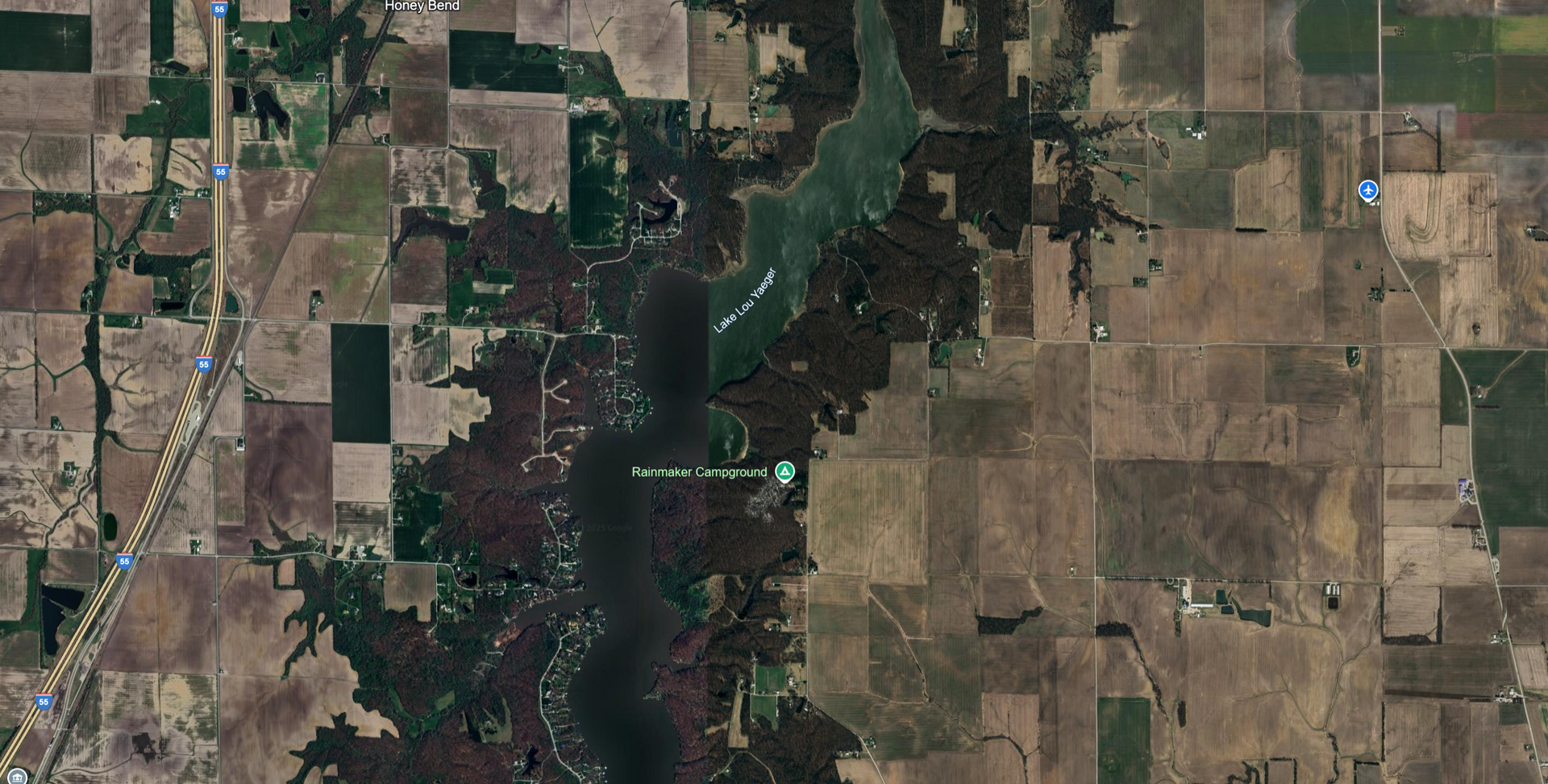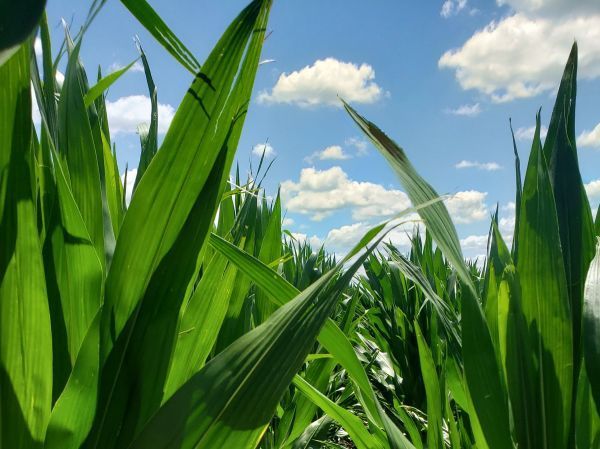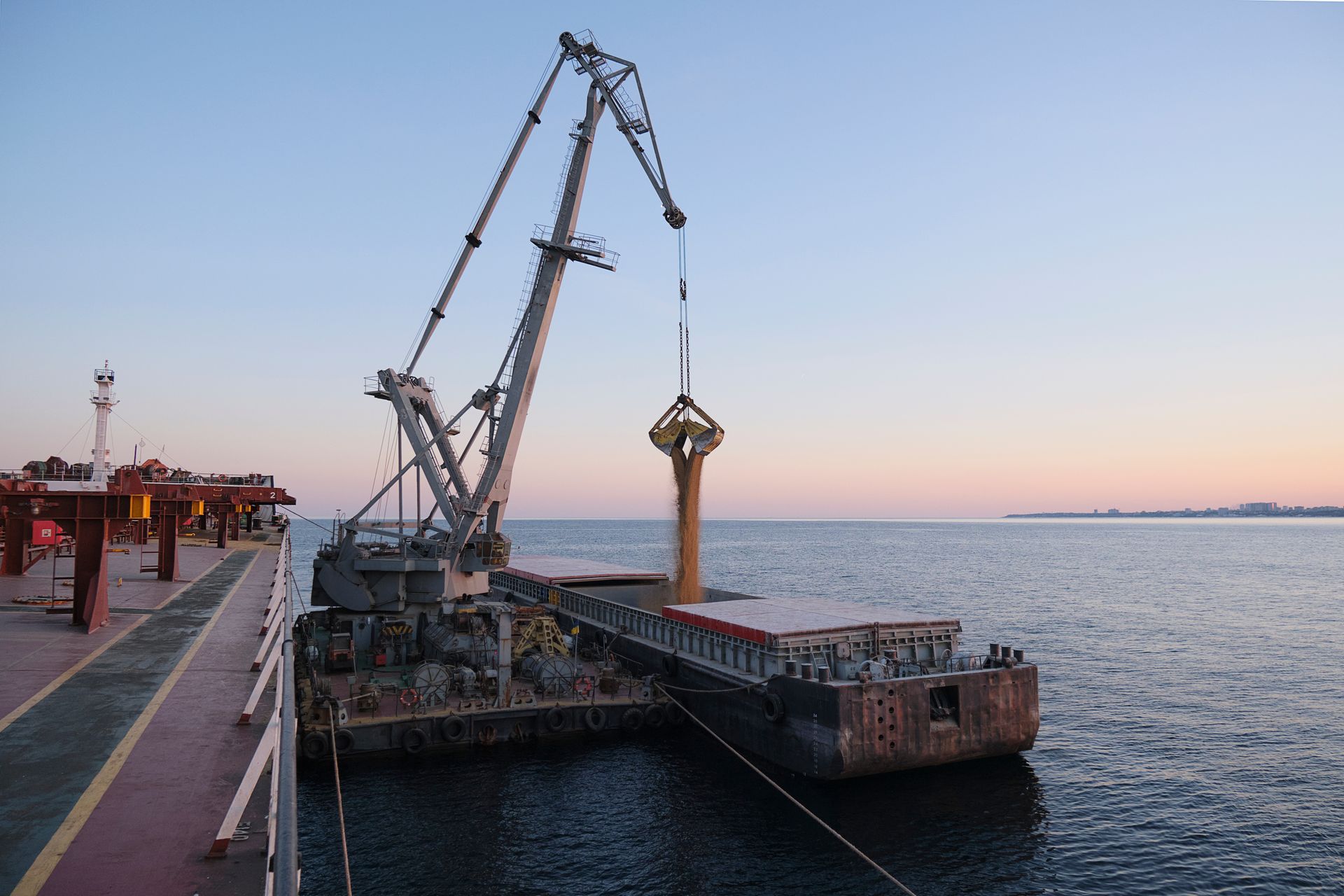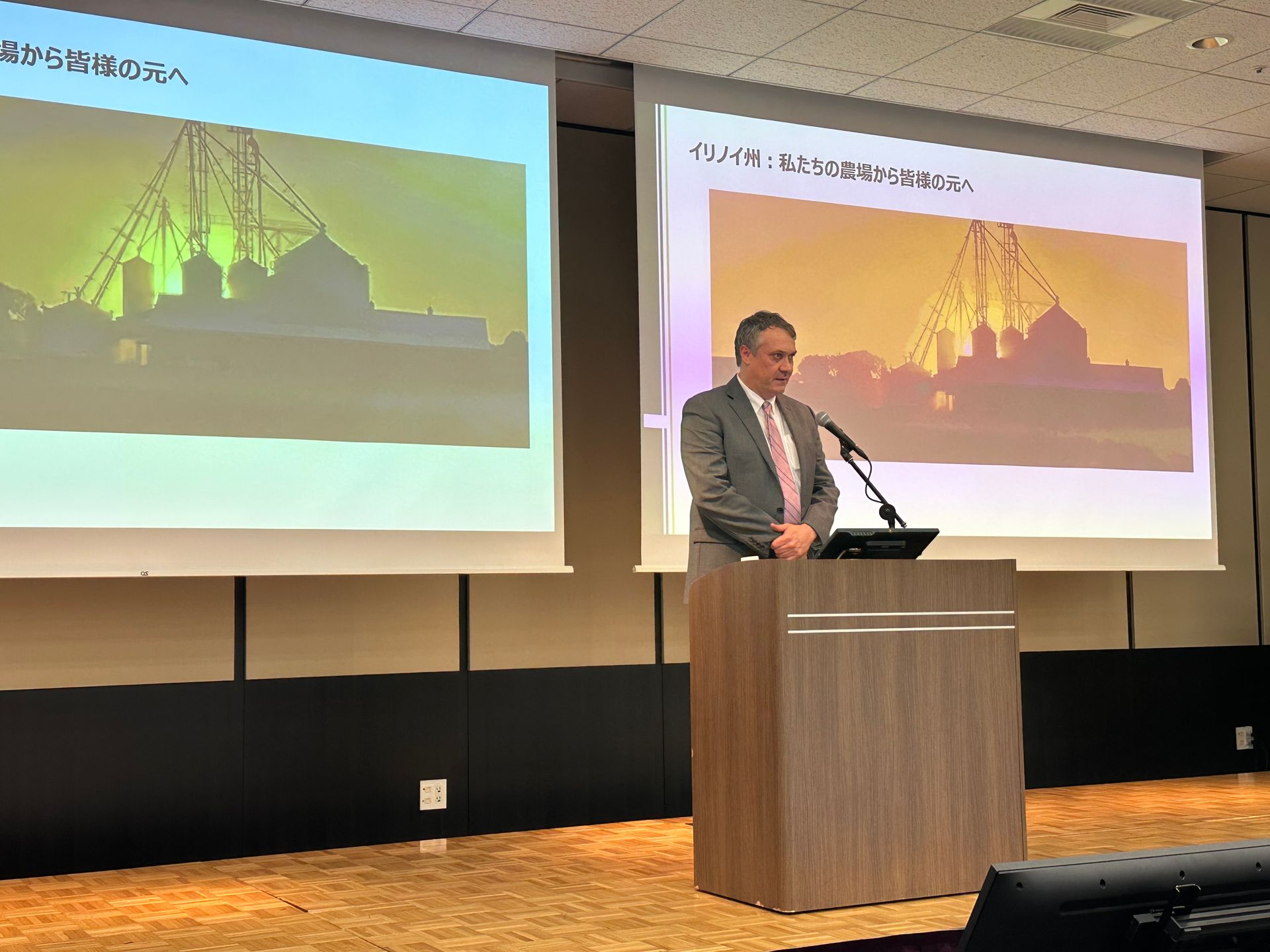From Erosion to Action: One Farmer’s Journey to No Till Farming
Richard Lyons Saw a Lake Filling with Soil and Sold His Plow
Conservation isn’t just a buzzword for Richard Lyons, it’s the foundation of his farm’s long-term success. And his journey toward soil-saving, sustainability-focused farming didn’t begin in a classroom or at a conference, but with a personal tragedy and a watershed in crisis.
In 1972, Lyons returned home to run the family’s rented 600-acre farm after the sudden passing of his father. As the oldest sibling with brothers still in high school and college, Richard stepped away from his Minooka High School agriculture teaching job and into the role of farmer.

"I came home and farmed just like Dad and Grandpa did: moldboard plowed corn stalks, disced bean stubble, and worked the ground two or three times," Lyons recalls. "It was conventional farming with a primary concern of weed control through and through. But something started gnawing at me."
That "something" was Lake Lou Yaeger, a nearby watershed lake in the Shoal Creek area, which was rapidly filling with sediment. Community members often commented on how dirty the lake water looked during boating season. Then, in 1976, a report from the Illinois State Water Survey confirmed it. Lake Lou Yaeger was silting in faster than any other lake in the state.
"And with the exception of 40 acres, my entire farm sat in that watershed," Lyons says. "That was my wake-up call. I realized I was part of the problem and I had to become part of the solution."
That same year, Lyons made a bold decision. Despite recently purchasing a brand new plow, he sold it. "You can’t plow if you don’t own a plow," he chuckles. "That’s how serious I was."
He began no-tilling his corn and soybean fields leaving the previous crop’s residue on the soil surface to protect it from erosion. In the fall, he adopted herbicide programs to control winter annual weeds and planted directly into the undisturbed residue in the spring.
"It worked. The equipment, the herbicide programs, the planting techniques…they all came together. And the soil stayed where it belonged," says Lyons.
By 1987, Lyons fully committed to continuous no-till, purchasing a no-till drill and eliminating tillage from his operation altogether. Over time, he invested not in tillage tools or extra horsepower, but in better planters, sprayers, combines and field tile. Equipment and management that supported his soil-first mindset.
“Financially, it was the best move I ever made,” he says. “I didn’t waste money on unnecessary iron. And with every rainstorm, I knew I wasn’t watching my soil wash away.”
Today, Lyons’ entire acreage (with the exception of one 40-acre field currently in wheat) is pattern-tiled and no-tilled. That final piece of land will be tiled this summer, completing a conservation system that’s taken decades to build, but generations to benefit.
So, what would he say to farmers hesitant to make the switch?
“Start small. But do something,” Lyons says. “Look at your own watershed. Read the data. Then ask yourself if you want to be part of the problem, or the reason the lake is still here in 20 years.”







